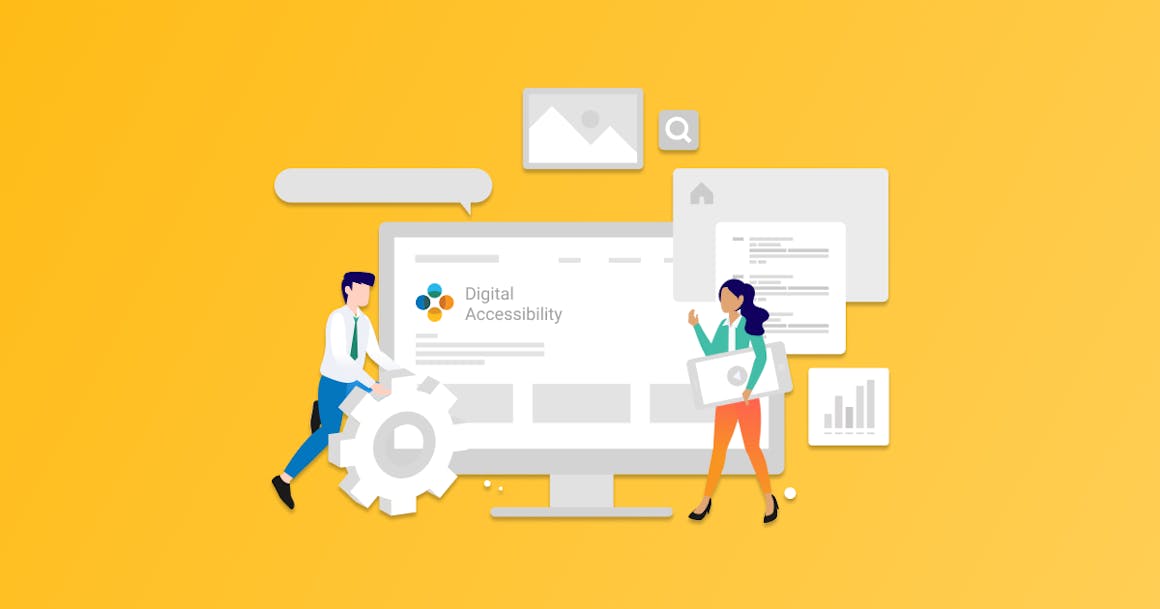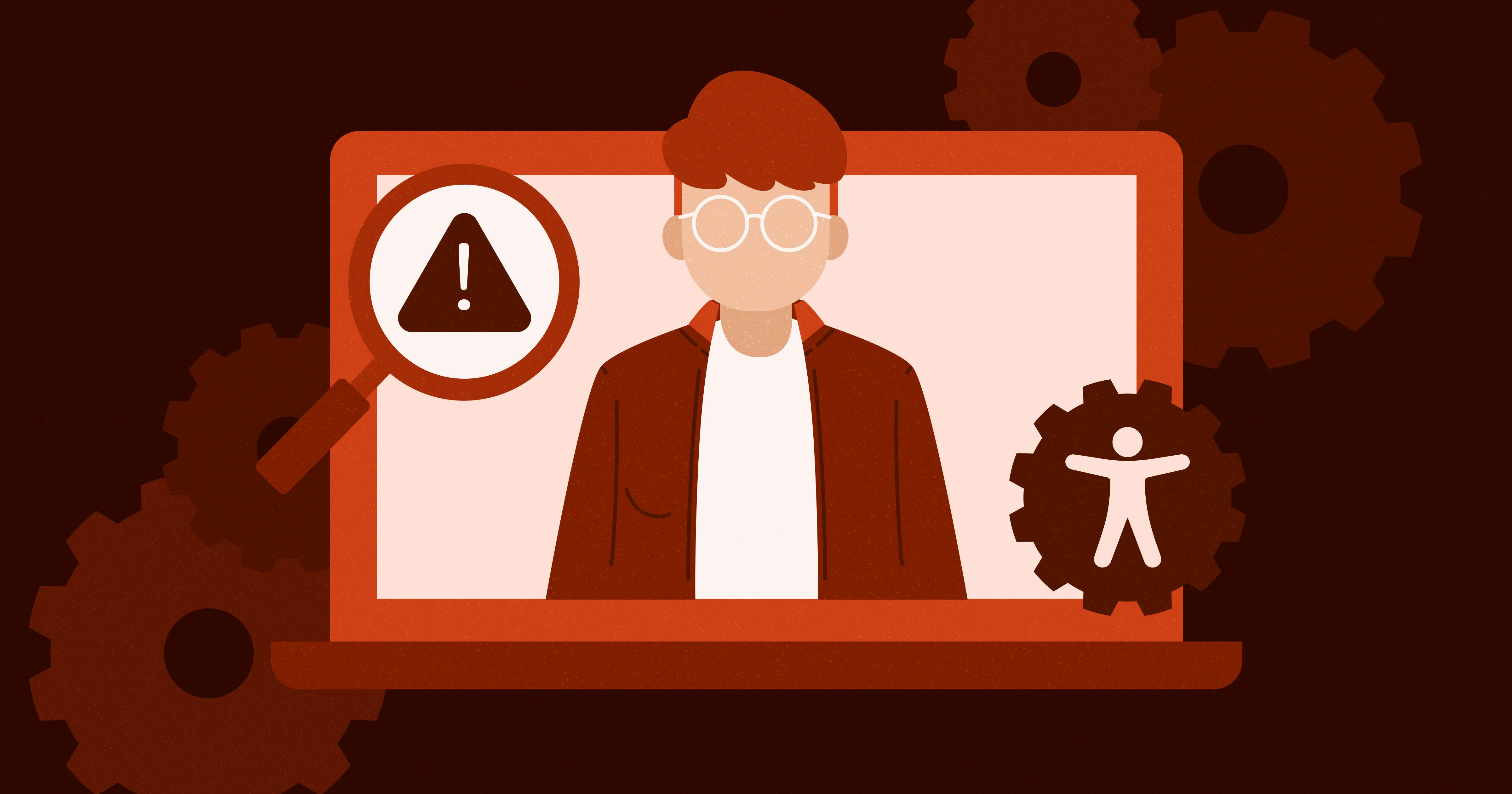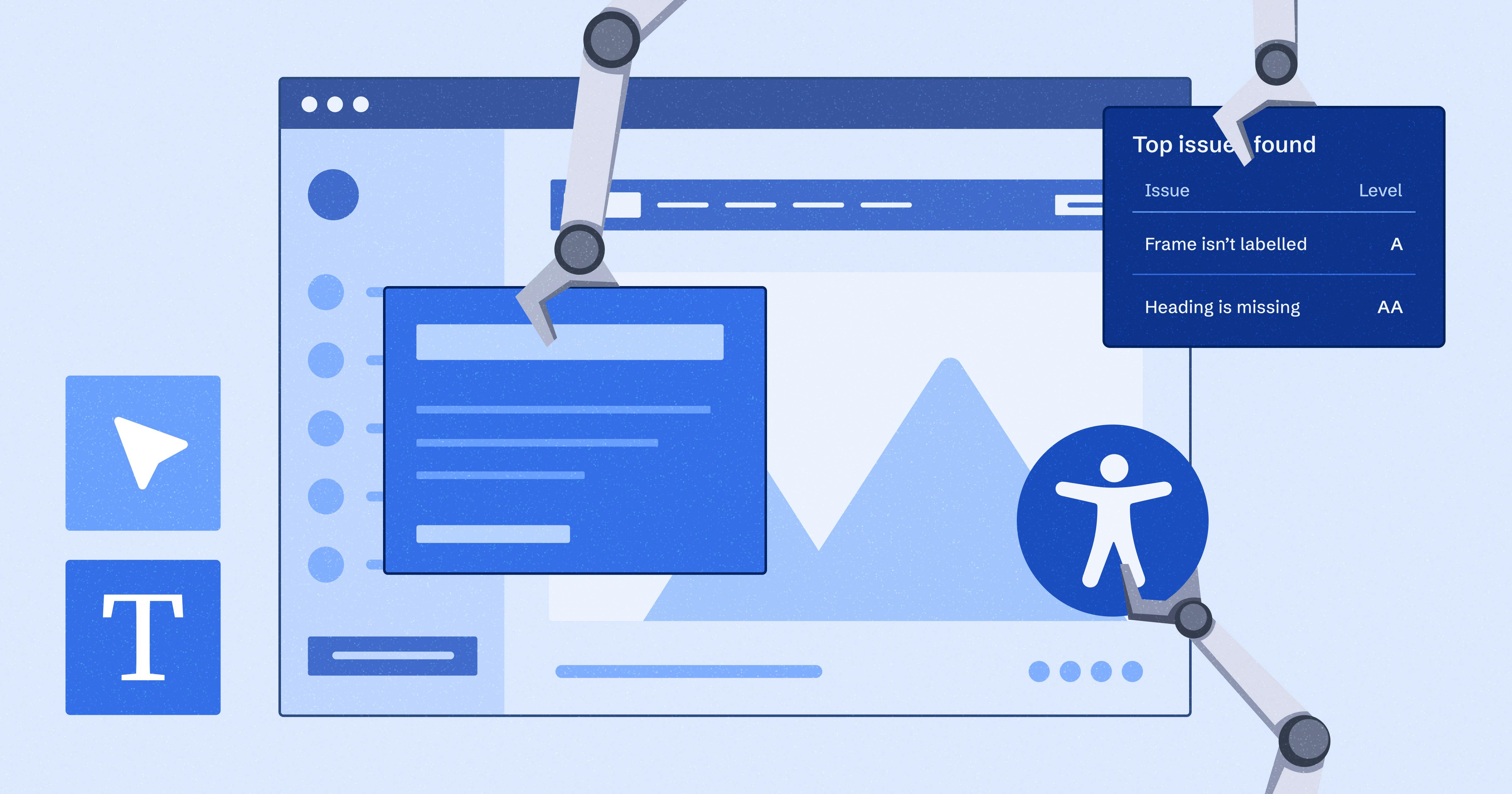Whose job is it anyway? Why teams pass the buck on web accessibility


Ready to see AudioEye in action?
Watch Demo
The world of the web evolves at a frenetic pace, and it’s often possible—or even advisable—for web teams to play a little fast and loose if it means getting to market ahead of the competition. When it comes to accessibility, you really do need to get it right, or risk facing lawsuits under the Americans with Disabilities Act (ADA) and a host of new state laws. But whose job is it to ensure ADA compliance?
The modern web is a complex place. Today’s users expect more than just static text and a few images—they’ve become accustomed to highly dynamic and multi-functional experiences that empower them to manage every interaction with their favorite brands entirely online, without leaving their web browser.
To deal with this complexity, the teams tasked with creating and managing an organization’s online presence have been forced to specialize. Once your web team gets beyond a certain size, you’ll start splitting content, design and development into different teams. Each of those teams may then split further into even narrower disciplines—within web design, you may find specialists in user interface (UI) and user experience (UX), information architecture (IA), conversion rate optimization (CRO), and many more.
Many of these concentrations have significant overlap, and the work of one team needs to both influence and be influenced by the work of the others. As a result, there are often gray areas where it’s not quite clear who is responsible for what.
Move fast, but don’t break things
This can be a big problem, especially where accessibility is concerned. The world of the web evolves at a frenetic pace, and it’s often possible—or even advisable—for web teams to play a little fast and loose if it means getting to market ahead of the competition. Following Facebook’s philosophy of “move fast and break things”, it’s seen as better to overlook a problem and fix it later, than to slow down and get things right the first time.
But accessibility is an exception: you really do need to get it right, or risk facing lawsuits under the Americans with Disabilities Act (ADA) and a host of new state laws. Look at the public records and you’ll find hundreds of companies that are currently being sued for accessibility failures—exposing them to legal costs, adverse publicity and reputational damage.
The responsibility conundrum
So, if you can’t afford accessibility to slip into one of those gray areas, where exactly should responsibility sit within your web team?
- You could argue that it’s a UI issue—after all, don’t designers need to be aware of accessibility when they’re choosing fonts and color schemes for your site?
- Then again, since the core of accessibility is about users interacting with your site, maybe the UX team should take responsibility?
- On the other hand, accessibility has a significant technical dimension—you need to make sure the website is structured correctly and has all the right attributes at the code level. In that case, perhaps your development team should take the lead?
- And what about content? It’s no good building a beautiful, accessible set of web templates if your content team introduces a heap of new issues whenever they add a page.
In practice, you usually end up with everyone knowing something about accessibility, but nobody knowing everything. Without a central authority, it’s easy to degenerate into situations where teams either pass the buck and expect someone else to take responsibility, or undermine each other’s work by “fixing” some accessibility problems while accidentally introducing others.
From gray area to high definition
So, what are your real options if you want to sharpen your organizational focus on web accessibility and eliminate those gray areas of responsibility?
One option is to train everyone in the web team to be an accessibility expert. While this might sound ideal, this approach can be very expensive and may also distract your finite resources and talent from their core duties. You hired your developers because they write great code and your UI team because they have a talent for visual design—not because they’re good at understanding and keeping pace with ever-evolving regulatory standards. Also, what happens when your talent leaves the organization? This option can be risky when you take into account employee churn.
As another option, you could establish an accessibility team as yet another subdivision within your web division and give it complete responsibility for overseeing the work of all other teams. How will your team adjust to this overarching oversight committee? Accessibility expertise is a rare commodity – which makes it expensive – and it can be difficult to fill accessibility leadership positions. Moreover, unless your organization is very large, you may not need that expertise on a full-time basis—demand will ebb and flow as new web projects emerge and sites are launched or refreshed.
Or, perhaps, there is a better way – an approach that is focused on – first and foremost – removing digital access barriers, while providing insights and education to key stakeholders in digestible bites and within a practical time frame. Outsourcing the responsibility to a third party that really lives and breathes accessibility can be very cost-effective and efficient. At AudioEye, we work with clients of all sizes across dozens of industries to help ensure that their websites always conform to recognized standards such as the Web Content Accessibility Guidelines (WCAG).
Our combination of smart technology and human-in-the-loop testing takes the sites that your web team creates and applies sophisticated detection and remediation techniques to fix accessibility issues in real time. Meanwhile, our experts provide feedback to help your teams improve their design, development and content management practices, and our legal experts are always ready to support you if lawsuits or legal demand letters arise.
With AudioEye’s help, accessibility doesn’t need to be a gray area, and your web teams don’t need to pass the buck. It stops with us. Start your accessibility journey with AudioEye today.
Ready to see AudioEye in action?
Watch Demo
Ready to test your website for accessibility?
Share post
Topics:
Keep Reading

How to Test Website Accessibility Without Automation Tools
Accessibility testing your site without automation can be costly if done wrong. Understand how to go about it, and why a hybrid approach may be better.
accessibility
April 02, 2025

AI Accessibility Tools: Benefits, Limitations, Applications, and Recommendations
AI makes finding and fixing accessibility issues faster and easier, but do they ensure compliance and great UX by themselves? Here’s our verdict.
accessibility
March 31, 2025

Improving Healthcare Delivery: How Quality Tech Products are Shaping the Future of Care
Discover how high-quality tech products are transforming healthcare delivery, improving patient outcomes, and future-proofing the industry. Learn key tech innovations and why accessible, inclusive design is critical.
accessibility
March 26, 2025
